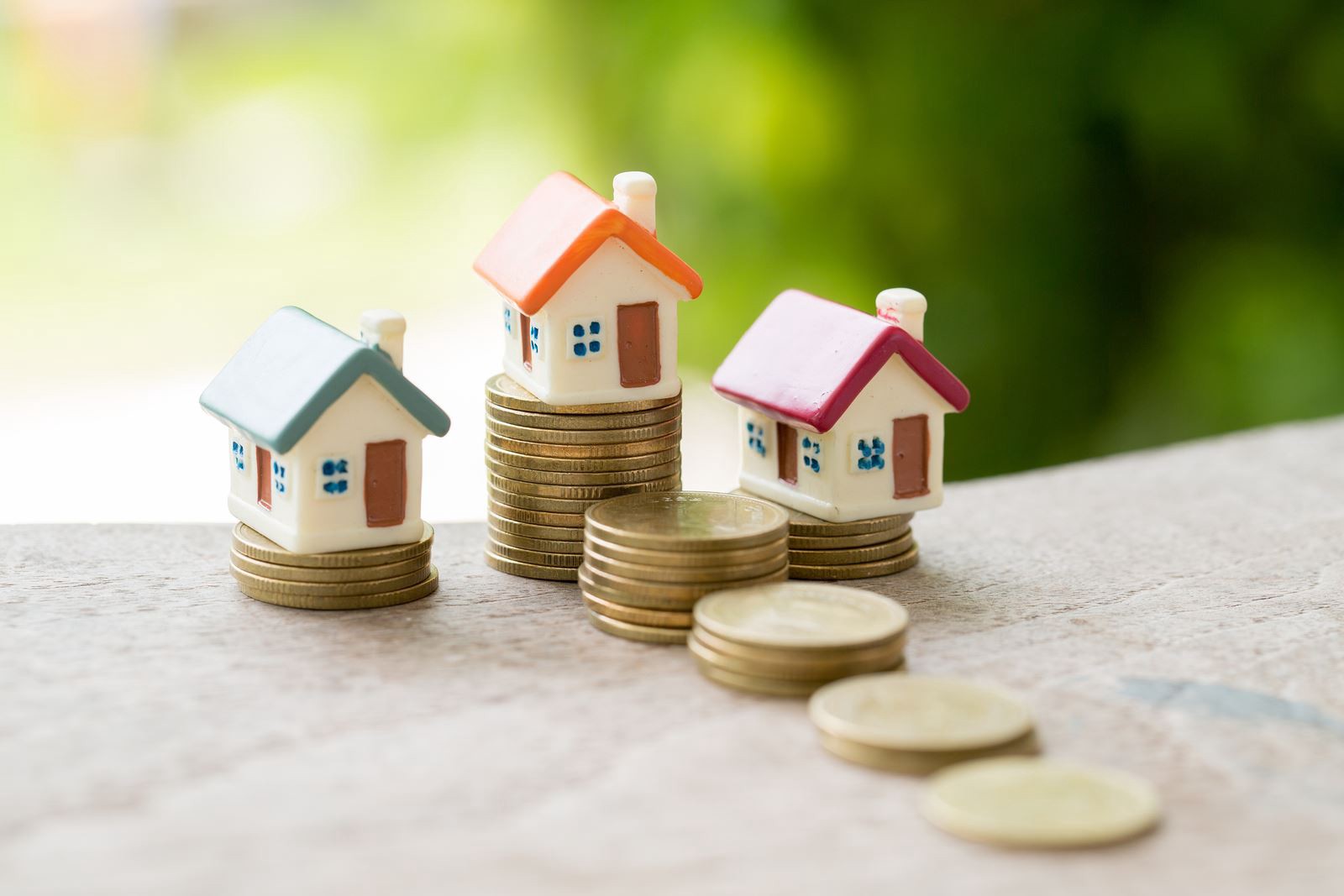How To Invest In Commercial Real Estate In Your 30’s
If you’re looking for a new way to invest your money, commercial real estate may be the answer. Commercial property includes everything from office buildings and apartment complexes to warehouses and retail space. If you’re considering investing in real estate in your 30 Here are some tips for investing in commercial real estate. Know your goals: Before you begin investing, it’s important to understand what your financial goals are. Are you looking for passive income or do you want to use real estate as a way to build wealth? Knowing what you want out of your investment will help guide how and where you invest your money. Do your research: Once you know what type of property interests you most, it’s time to do some research. Learn about the market and other investors in the area so that you can make an informed decision about what type of property would be best for you. You may also want to talk with a broker who can help guide you through the process of buying or selling a building or piece of land. The more knowledge and experience he or she has with commercial real estate, the better off you will be when making decisions about which properties are worth pursuing: Learn from your mistake: If you’ve already made investments in property that haven’t worked out, don’t be discouraged. You’re bound to make mistakes as you’re learning about investing. The key is to learn from your mistakes so that you don’t repeat them again. For example, if you lost money on an apartment complex because it was poorly managed, don’t make the same mistake by buying another apartment complex without knowing who is managing it or how well they manage the property. Choose a niche market or geographical area: where you have experience or expertise and stick with it until you become an expert at it. For example, if you’re a plumber who knows how to fix plumbing problems in apartments, then focus on buying apartments with lots of plumbing problems (a sign of poor management). Or if you’re an accountant who knows how to manage finances for small businesses, then focus on buying small businesses with lots of financial problems (another sign of poor management). Types of Investment Strategies Investing in commercial real estate is a great way to build wealth and passive income. The benefits of real estate investing are cash flow and appreciation. As a young real estate investor, building wealth through real estate is appreciation and cash flow. Cash Flow – Commercial properties have tenants that pay rent on a monthly basis. The cash flow from your investment property will be used to pay off your mortgage balance and any other expenses related to owning the property such as property management fees and maintenance costs. This is one of the primary reasons why many people choose to invest in commercial real estate instead of residential properties because they can rely on consistent income each month after paying their expenses. Appreciation refers to the increase in value of a property over time as its market price rises due to changes in supply and demand. In other words, if there’s more demand than supply for a specific type of commercial property (or any property), it will tend to increase in value over time because people are willing to pay more for it than they were before — essentially bidding up prices until everyone agrees on a fair price point based on what buyers are willing. Types of commercial real estate investments Commercial real estate investing is a great way to build wealth and passive income. If you’re looking for a new way to invest your money, commercial real estate could be just the solution you’ve been searching for. There are many different types of commercial real estate investments, including: Office buildings Retail properties Industrial warehouse properties Multi-family housing units Apartments Parking Garages Gas station Building Self-storage investment Mobile Homes But before you jump in headfirst, there are some things you need to know. Here are some tips on how to invest in commercial real estate in your 30s: You don’t need a lot of money upfront Buy a property that needs work Make sure you have enough cash flow after repairs Never go into debt when buying commercial real estate Don’t use all of your savings to buy your first piece of commercial property Get professional advice about how much you should spend on repairs and renovations Be prepared for unexpected costs like insurance premiums and tax bills Don’t forget about taxes when calculating your return on investment (ROI) Don’t expect too much from your first property – results don’t come overnight! Final Thought Ready to dive into commercially investing? The suggestions and recommendations in this article can provide you with the tools and knowledge you need to get started. With the right amount of research, preparation, and attention to detail, investing in commercial real estate can add a source of steady income for life to your financial portfolio. Learn the Steps to Invest in Commercial Real Estate Like a PRO by becoming a part of Cherif Medawar’s Commercial Real Estate Mastermind







